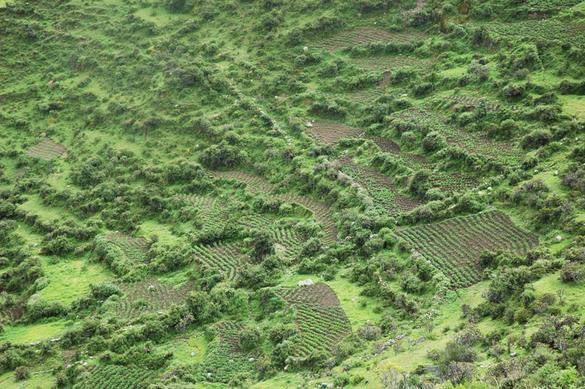|
I met Prof. Arie Ben-Zvi, of Ben-Gurion University of the Negev (Israel), in New Delhi, India,
in December of 1993, while I was attending the
International Conference on Hydrology and Water Resources,
convened to honor Dr. Satish Chandra, on occasion of his
retirement as Director of the [Indian] National Institute of Hydrology.
I recognized Ben-Zvi by his nametag, and being somewhat familiar with his early work,
I engaged him in conversation.
Ben-Zvi had a pleasant demeanor.
He confirmed that in the early 1970s, he had completed a Ph.D. at the University of Illinois under the supervision of
Prof. Ven Te Chow.1 His thesis dealt with the application of the dynamic wave to overland flow
in a two-dimensional context.
He confided to me that he had not used the model since the time of his graduation.
In hindsight, we now know that the dynamic wave does not apply to overland flow, because the prevailing slope is usually
large enough to make the flow either kinematic or diffusive. For the dynamic wave to be applicable, the prevailing slope
would have to be very small, say, on the order of 0.0001, which is typically not the case.
Many similar experiences confirm this conclusion. For instance, David A.
Woolhiser mentions that in the 1960s, he and James A. Liggett
set out to prove the utility of the dynamic wave
in overland flow computations, and, after much study,
ended up changing their minds.2,3
Instead, they focused on the applicability of the kinematic wave,
which led to the development of the kinematic flow number.
1 Chow, V. T., and A. Ben-Zvi, 1973. The Illinois Hydrodynamic Watershed Model III (IHW Model II). University of Illinois at Urbana-Champaign,
Civil Engineering Studies, Hydraulic Engineering Series No. 26, 47 p.
| ||
|
